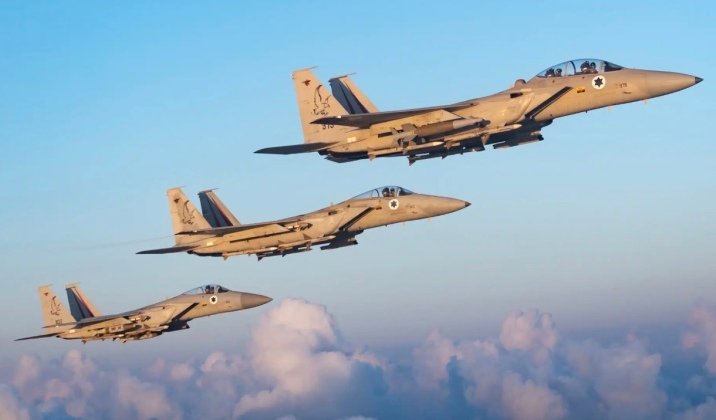<p >The Israeli Defence Ministry has signed a landmark to agreement to acquire 25 F-15 fourth generation fighters under a $5.2 billion contract, with the deal finalised on November 6 after having been approved by the Biden administration and by Congress. Israel is one of just two foreign countries to order F-15s in the last decade, following a Qatari order for 36 fighters in 2017, with Israel being the first to order a derivative of the F-15EX variant developed for the U.S. Air Force. Although closely derived from the F-15EX, the Israeli F-15IA&nbsp;integrates a range of indigenous Israeli-developed subsystems including visual range air to air missiles and electronic warfare systems. The very long queue for delivering new F-15s to the U.S. Air Force means Israel is not expected to begin receiving the F-15IA until 2031 – 59 years after the F-15’s first flight. With the F-15 being by far the oldest fighter class still in production anywhere in the world today, F-15IAs may well be the last F-15s ever built, with deliveries set to begin as the last F-15EXs are delivered to the U.S. Air Force.&nbsp;</p><p ><img src=" title="U.S. Air Force F-15EX" ></p><p >Israel was previously expected to <a href=" 50 F-15IA fighters</a>, raising the possibility either that followup orders are expected, or that the Israeli Defence Ministry could not reach a satisfactory agreement, and may look for better terms under the upcoming Trump administration. 50 F-15s are needed to fully replace the ageing Cold War era F-15A/B/C/D models currently in service, which are the oldest F-15s in service anywhere in the world and are considered entirely obsolete. The F-15 has long competed for funding with the F-35 fifth generation fighter, and while Israel <a href=" target="_blank">ordered 75 F-35s </a>before the first order for new F-15s was made, the possibility was raised repeatedly throughout the 2010s that the urgent need for more F-15s could lead to delays in F-35 acquisitions. Although lacking the F-35’s stealth capabilities and many of its advanced avionics features, the F-15EX has by far the longest range, the highest weapons carrying capacity, and the most powerful radar of any fighter class in the Western world.</p><p ><img src=" title="Israel F-15 Preceding Strike on Yemen on July 20, 2024"></p><p >Israeli clashes with a number of regional adversaries over the past year have highlighted the importance of the F-15 for the country’s <a href=" target="_blank">offensive capabilities</a>. The fighter’s range allows it to strike faraway targets in Iran, Yemen and <a href=" target="_blank">even North Africa</a> with gravity bombs without relying on air launched missiles or extensive aerial refuelling. The aircraft are also ideal for dropping large quantities of bunker buster bombs on well fortified targets, as <a href=" >seen on September 27</a> when a large formation of F-15s was used to <a href=" target="_blank">drop over 80,000 kilograms </a>of explosives on a bunker in the Lebanese capital Beirut, killing the leader of the Lebanese paramiltiary Hezbollah Hassan Nasrallah and over 300 others – the majority of whom were in apartment blocks above the bunker.&nbsp;Alongside sales to Israel, Boeing is currently seeking to<a href=" target="_blank"> pitch the F-15EX to Poland</a>, which has surged its defence spending as neighbouring Ukraine faces a looming defeat in its ongoing war with Russia. The possibility that has been raised of European states appropriating frozen Russian funds to finance their military buildup raises a significant possibility of Poland being placed in a stronger position to finance such acquisitions. This could leave Poland, Israel and the United States as the operators of advanced F-15 variants alongside fifth generation F-35s as part of a complementary fighter combination.</p>
Israel Orders 25 Much Needed F-15 Fighters For $208 Million Each

